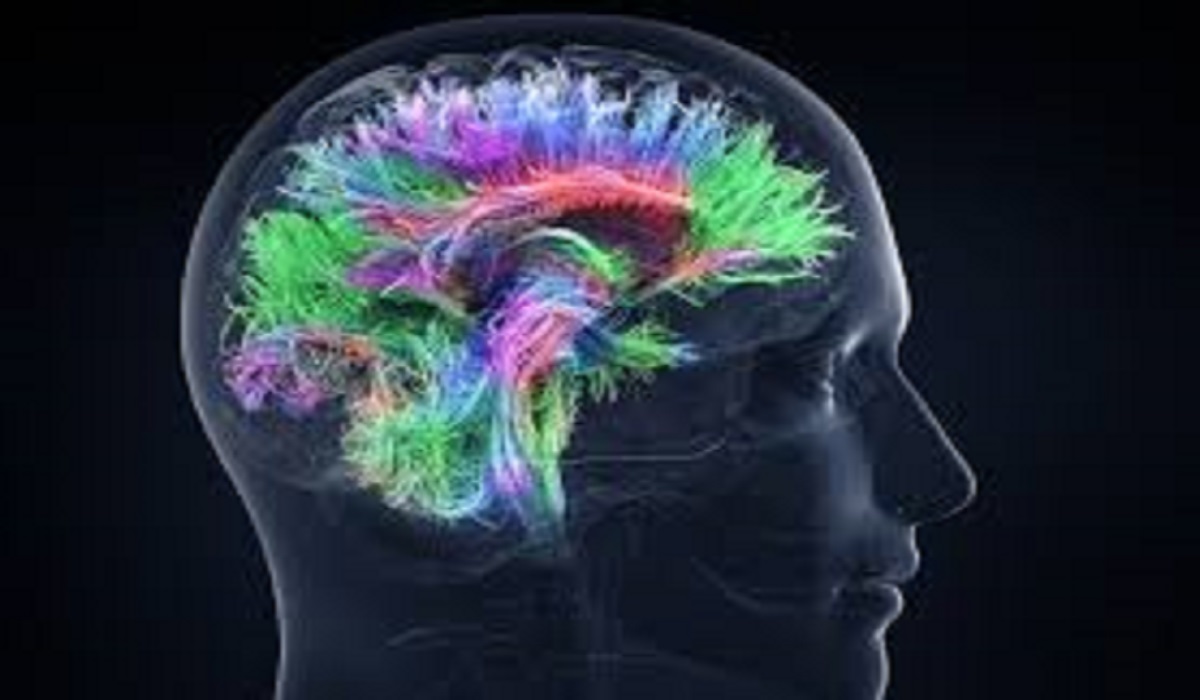Learn a Language Faster Using Brain Science
Learn a Language Faster Using Brain Science: Learning a new language can be challenging, but understanding how the brain processes language can make the journey faster and more efficient. By leveraging neuroscience and cognitive psychology, you can optimize your study methods, improve retention, and accelerate fluency.
In this guide, we’ll explore the latest brain science-backed strategies to help you learn a language more effectively. Whether you’re a student, educator, or lifelong learner, these techniques will enhance your language acquisition process.
How the Brain Learns Languages
The Role of Neuroplasticity
Neuroplasticity refers to the brain’s ability to reorganize itself by forming new neural connections. When learning a language, your brain adapts by strengthening pathways related to vocabulary, grammar, and pronunciation.
Key Brain Regions Involved
- Broca’s Area: Responsible for speech production.
- Wernicke’s Area: Helps in understanding language.
- Hippocampus: Crucial for memory formation.
The Critical Period Hypothesis
While children learn languages more effortlessly, adults can still achieve fluency by leveraging structured practice and immersive techniques.
Science-Backed Strategies for Faster Language Learning
1. Spaced Repetition & Memory Retention
Spaced repetition systems (SRS) like Anki help reinforce vocabulary by reviewing words at optimal intervals, preventing forgetting.
2. Immersion & Contextual Learning
Surrounding yourself with the language (through movies, books, or conversations) enhances comprehension and recall.
3. Chunking & Mnemonics
Breaking down information into manageable “chunks” (e.g., phrases instead of single words) and using mnemonics improves retention.
4. Active Recall & Testing Effect
Testing yourself regularly is more effective in strengthening memory than passive review.
5. Multisensory Learning
Engaging multiple senses (listening, speaking, writing) reinforces neural connections.
Optimizing Your Study Routine with Brain Science
Best Times to Study
Research suggests that studying in the morning or before sleep enhances memory consolidation.
The Role of Sleep
Sleep is essential for memory retention—reviewing material before bed improves recall.
Exercise & Cognitive Function
Physical activity increases blood flow to the brain, boosting learning efficiency.
Common Mistakes & How to Avoid Them
❌ Passive Learning Only → Balance reading with active speaking practice.
❌ Neglecting Pronunciation → Use tools like Forvo or mimic native speakers.
❌ Inconsistent Practice → Daily short sessions work better than occasional long ones.
Tools & Resources
- Apps: Anki, Memrise, Duolingo
- Immersion: Netflix (with subtitles), language exchange apps (Tandem, HelloTalk)
- AI Assistants: ChatGPT for conversational practice
FAQs About Learning Languages with Brain Science
1. Can adults learn languages as fast as children?
Yes! While children have a slight advantage in pronunciation, adults can learn quickly using structured methods like spaced repetition and immersion.
2. How much time should I spend daily?
Even 20-30 minutes of focused practice daily is more effective than long, infrequent sessions.
3. Does listening to music in the target language help?
Yes! It improves listening skills and subconscious pattern recognition.
4. What’s the best way to remember vocabulary?
Use spaced repetition, mnemonics, and practice in real-life contexts.
5. How does stress affect language learning?
High stress impairs memory—relaxed, enjoyable learning leads to better retention.
Conclusion
By applying brain science principles, you can learn a language faster and more efficiently. Techniques like spaced repetition, active recall, and multisensory learning optimize how your brain absorbs and retains information.
